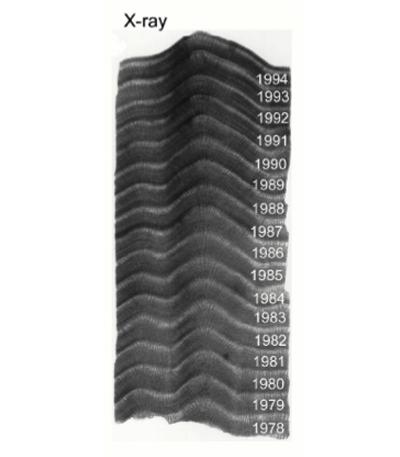Research project: Past and Present Ocean Acidification
Global warming is not the only consequence of rising levels of CO2 in the atmosphere. CO2 from anthropogenic sources is excessively emitted into the atmosphere before dissolving into the ocean to form carbonic acid. This increase in ocean acidity is known as Ocean Acidification (OA). Along with limiting our emissions it is vital to predict what effect such acidification will have on marine life and chemical processes in the ocean. Marine calcifiers make their shells and skeletons using calcium carbonate, and may be particularly affected. Although the recent rate of acidification is unprecedented in geological history, one way to get a better understanding of how the Earth system will respond to acidification in the future is to examine its behaviour in the geological and more recent past.


